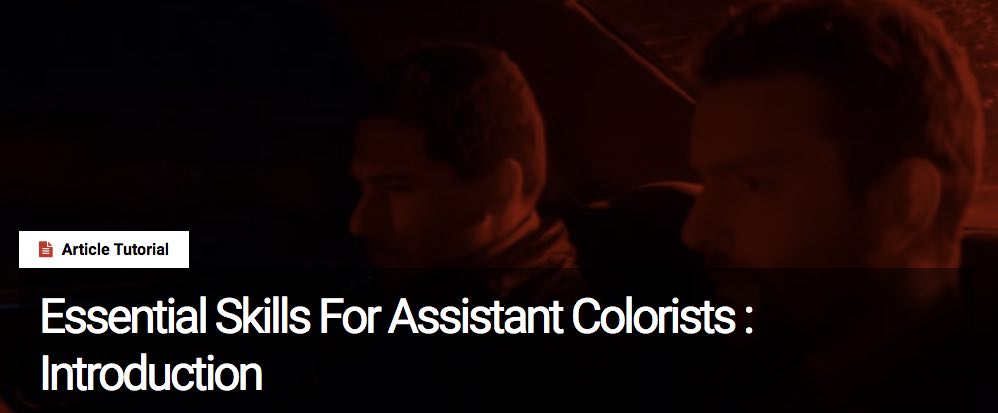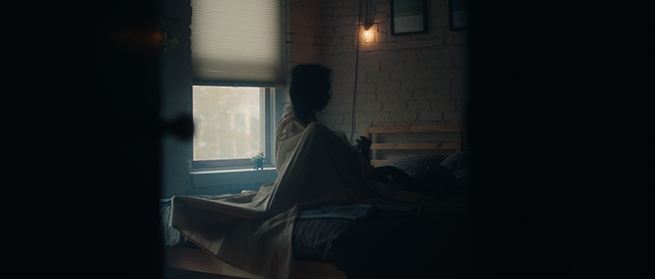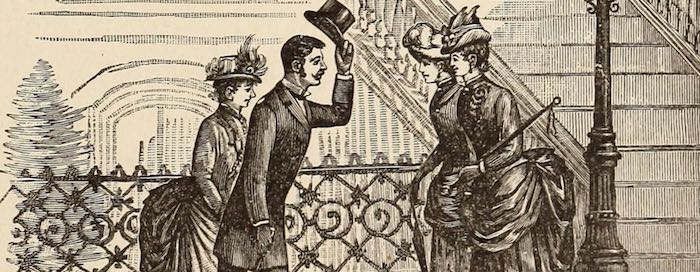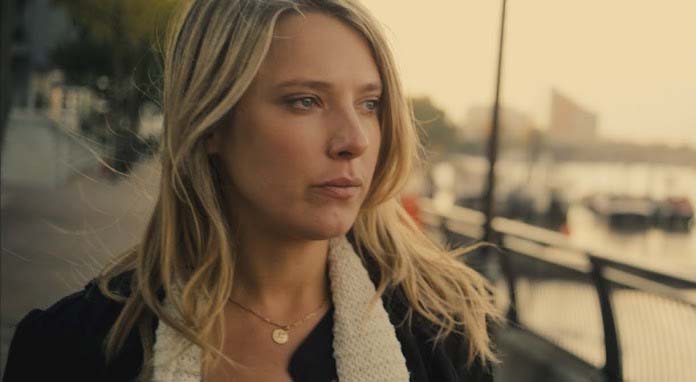How to become an Assistant Film Colorist
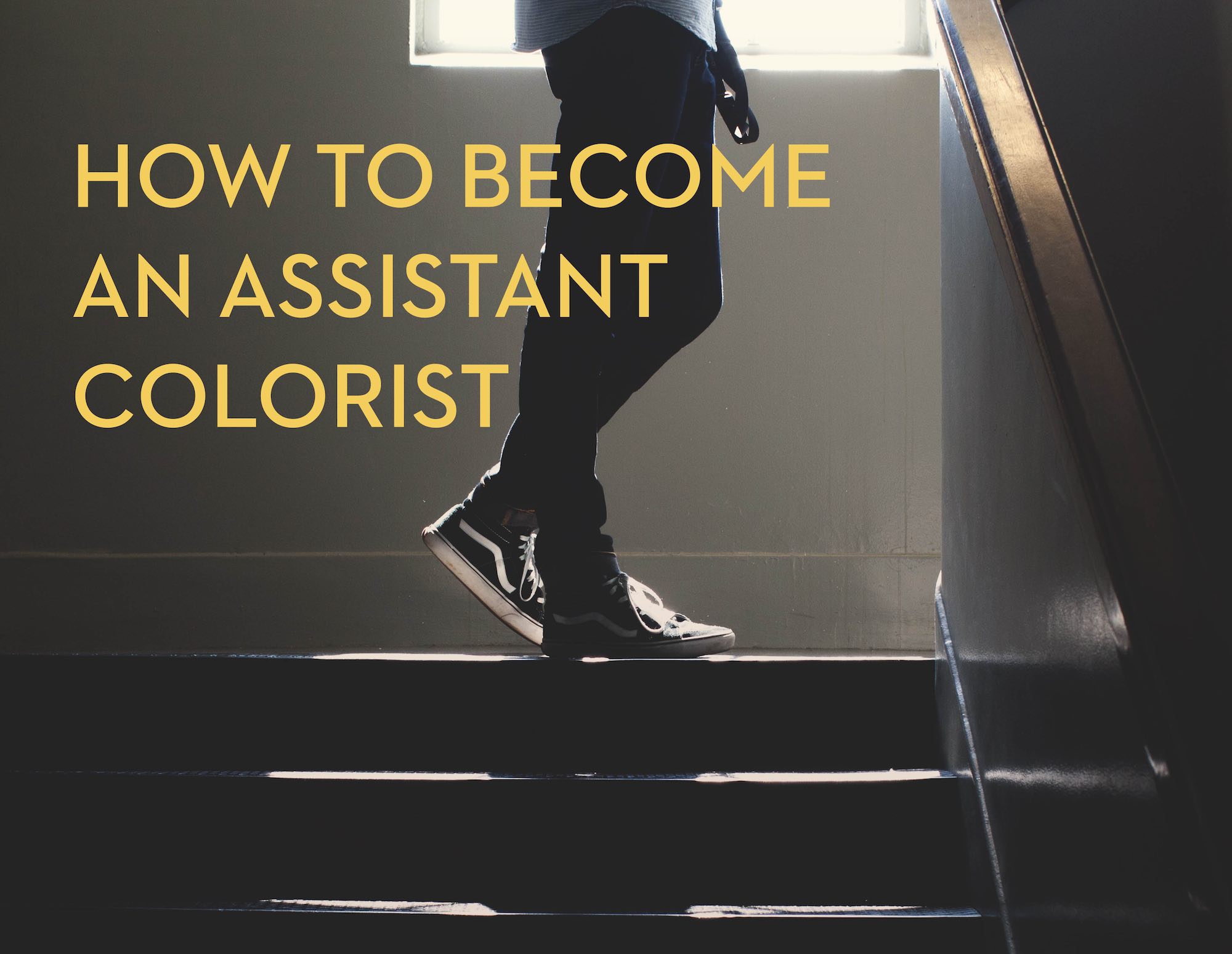
Latest Update – March 2022
If you want to become a professional film colorist, your best first step is to try to become an assistant film colorist, and learn as much as you can by surrounding yourself with professionals who can mentor, educate and train you in their ways.
The path to becoming an assistant film colorist will be totally different for everyone but if you’re fresh out of school and have few or no industry contacts, then a sensible first step is to try to become a runner at a post house, as away to get your foot in the door.
In this post I’ve brought together the best resources I could find to help you in this journey, and I’ve also interviewed colorist Rob Bessette, to get his take on the role of an assistant colorist.
If you are working as an assistant colorist please hit the comments below and gives us your own perspective from the trenches!
The easiest way to discover what you need to know to become an assistant film colorist, is to look at a real job spec, like this one for an Assistant Colorist at Technicolor in New York.
Responsibilities include:
- Preparing suites for colorist arrival
- Ensure projects are fully prepared in readiness for sessions
- Conforming and QC edits for the days sessions
- Contacting editorial to resolve any issues
- Create postings for stills and viewing links
- Manage an always changing list of tasks for the day
- Facilitating any editorial changes and colorist needs throughout the session
- Performing a thorough QC of all projects before and after render
- Complete renders promptly after sessions as required in delivery specs
Personal qualifications this job are listed as:
- Maintain a positive attitude in high stress environments and work well under pressure
- Strong understanding of the post process and overall knowledge of production workflow, including VFX
- Must possess strong work ethic
- Highly motivated self starter and creative problem solver
- Excellent communication skills both written and verbal
- Punctual and highly detail oriented
- Critical thinking and have the ability to multitask and prioritize
- Able to work a flexible schedule with the availability to work overtime and some weekends
- Must know latest camera codec, color space, and file formatting specs
- Ability to read EDLs and flag issues
- In-depth knowledge of color grading workflow and techniques
What you need to know to be an Assistant Film Colorist
Another great resource for learning what you is required to be an assistant colorist is this post on Essential Skills for Assistant Colorists, from Mixing Light co-founder Dan Moran, who covers topics such as:
- What people look for in an assistant
- Camera and file format knowledge
- Data Wrangling
- Project set up
- Match grading
- Rendering
Dan sets up his post with a good reality-check for anyone looking to move from their bedroom-home-studio to a brick and mortar post-house:
If you want to get into the world of color grading by going through a facility rather than being a freelance colorist you will probably end up starting in an entry level position – and that entry level job might be very entry level!
Even if you have a PhD in filmmaking, but you have zero experience as a colorist your first job is probably going to involve making tea or fetching coffee.
This is not a knock on your knowledge but post houses run on trust.
We work to such tight deadlines and high pressure situations people need to get to know you and see your knowledge in action before they will trust you with bigger jobs.
The rest of the post is behind the Mixing Light paywall but you can either sign up for a 7-day free trial, or just sign up for their annual membership plan and leverage one of the best online colorist communities to ask intelligent questions and deepen your skill set through the expert video tutorials!
If you’re not ready to do that, then you should definitely make the most of reading the comments on each post, which in this case contain further useful insights such as this comment from Mixing Light co-founder Patrick Inhofer:
The most common route (to assisting) is internally… unless it’s a fast growing post house and need to staff up quick – but then they’ll want an assistant with experience, usually.
Your best bet is to show up at the post house(s) you want to work at and look for a foot in the door. Every few months.
One thing to look out for is if a facility has a history of promoting from within. If Tape Ops and Assists are there for years without any moving into the big chair… chances are you won’t get that opportunity at that facility.
It’s a cultural thing and some facilities promote from within, others prefer hiring after other companies do the training. You want to figure out which camp your post house belongs to to help you make your long-term career plans.
If you do sign up for the Mixing Light site you might also want to check out this episode of their podcast, The Best Advice We’ve Received that’s Helped our Colour Grading Careers.
Tips from an Intern to Colorist Journey
Parker Jarvie turned an internship at a Post house into an industry connection that he leveraged to get an Assistant Colorist position at Company 3, Chicago. Today, he works as fully-fledged Colorist from Company 3’s New York office.
But how did he do all that?
I had spent quite a bit of time shadowing the senior colorist at The Mill and knew I had a passion for color grading. She said that the Senior Colorist over at Company 3 Chicago had interned (at the Mill) awhile back and that I could use her as reference.
Parker Jarvie, Colorist
I messaged him on LinkedIn, asking if he would be willing to answer some questions I had about what he does, the industry, and Company 3.
After our conversation, he invited me in to the office to talk more. We hit it off, and it turned out they were looking at bringing on another Assistant Colorist.
In this Insider article from LowePost.com, you can read more about Parker’s journey and get his insights on the work, disposition and prospects for working as an Assistant Colorist.
Read the whole article to glean more insights from Parker, including which technical skills matter the most, and how they can set you up for your next job – working as a colorist.
Advice from Professional Colorist Rob Bessette
Professional colorist Rob Bessette was kind enough to answer some of my questions on what it takes to get into colour grading and his advice for anyone looking to succeed as a junior colorist.
You can check out most of the individual projects from Rob’s reel (above), in full on his Vimeo channel.
Rob also has an excellent blog on various aspects of the craft of colour grading, including breakdowns of his own and other’s work, which you should check out here.
To set the scene, here is my understanding of a fairly standard hierarchy within an colour grading department or post-house:
- Runner (doing odd jobs)
- Assistant (prep and grunt work, but not much real colour)
- Junior (cheaper less experienced colorist)
- Colorist (working professional colorist)
- Senior/Supervising colorist (get’s all the best jobs, brings in the big clients, supervises other’s grades on big jobs)
How did you get your first job in colour?
My first job in color was as an assistant colorist.
Transfers were 35mm to Digibeta and betaSP, so when we finished material I had rolls and rolls of film that I had to cue up to pull selects for the colorist. I was responsible for making sure all the shots were accounted for by referencing a rough cut and EDL. I’d keep track of every shot very carefully to make sure I knew where they were and on what roll.
The colorist would finish his session and then I was responsible for putting the film back up and laying off to tape. That way the session kept moving as quickly as possible.
What is the role of an assistant? What do they do on a typical day?
The assistants job is just to make the colorists work as simple as possible.
Basically, they should just have to worry about coloring and that’s it. Not deliverables, not alt takes, just color.
They (colorists) need confidence in their team such that they can sit down, do their creative work, and rely on the team to take care of the rest.
How do you interact with assistant/juniors to teach/rebuke/instruct/promote them?
I try to teach my workflow, how and why I do things the way I do.
For assistants I want them to understand why we prep or conform a certain way, how specific file types react to certain scenarios and to have an insane attention to detail.
I don’t want to worry that my material isn’t prepped right. I don’t want to find mistakes in the middle of a session that should have already been addressed, because then I’m the one dealing with it in front of clients and that never looks good.
What are the essential skills an assistant should have?
An assistant should be thinking three steps ahead, so they’re always prepared for what comes next.
You should never be caught off guard. Take the initiative to get the work done, but don’t be afraid to ask questions.
It’s also not a normal 9-5. Sometimes the hours are awful, but that’s part of the job.
To a lot learn more about colour grading from Rob, check out his in-depth presentation at the New Mexico Post Alliance meet up.
What’s the etiquette for an assistant in the room with/without clients in the room?
With clients in the room it’s important for the assistant to be ready to help them at any moment. Kind of as a fly on the wall.
But at the same time, be present for the colorist.
When I was an assistant I tried to think like the colorist, as if I were running the session. What would I try to do here? What’s wrong with this shot?
It really helped me get in tune with my senior and we really had a good connection. As if I’m trying to read his mind really. I think this also helped me get better and advance.
Any tips for juniors/assistants looking to learn from colorists without driving them crazy? How do you maximise the opportunity of working in a post house?
There’s a fine line between being eager and annoying.
Don’t constantly pester the colorist, but don’t be afraid to ask questions.
You need to show initiative and that you can get things done on your own. Troubleshooting and figuring things out is a big deal.
Try to take advantage of working with nice footage and great computers that you normally wouldn’t get access to, after hours.
Any final words of wisdom?
The role of an assistant today is very different from when I did it.
Back then, I was essential. I needed to be in the room to change reels and keep sessions flowing. Now with nonlinear workflow you get the material beforehand and it’s all done. The client can see everything all at once.
So you need to prove your worth differently than I did. That could be through checking (power) windows for bad tracks, or making sure all the deliverables are set (and exported correctly). There’s different ways to do it, but it can be done.
Colour Grading Suite Etiquette
As an extension of Rob’s interview I wanted to point assistant’s in the making to Rob’s excellent post on Colour Suite Etiquette. Rob shares some really useful insights on how to interact with clients, run a session productively and anticipate client requests or questions.
It’s a great post and well worth a read…
When starting out as a Colorist one thing that is never really discussed is how to handle yourself in front of clients. It’s easy to color on your own time without supervision.
You can pretty much do whatever you want – try different techniques, listen to your favorite type of music, go at your own pace, etc. etc.
But the second a client enters the door, it’s a whole different ballgame. You now need to “run the session”.
It’s your responsibility to get the job done in a timely manner, to the best of your abilities, all while making sure the client is getting what they want. It’s no easy task.
Further Resources for Assistant Film Colorists
Visual Effects Colorist Aurora Shannon, who has over 100 credits to her name on IMDB, wrote this excellent post for NetworkNineNews back in 2013, to share her own experience of climbing the colorist ladder.
I worked as a Runner but spent as much time as I could sitting with the Features Colourist Rob Pizzey, just watching what he did and asking the occasional question.
He seemed to be impressed by these questions and he asked me to stay on, so I was offered a four day a week Runner position in the digital intermediate department – which is now known as Company 3 London.
I did this job throughout the last term of university and so, by the time I graduated, I had already stopped being a Runner and was Assisting in scanning and recording.
She went on to assist Company 3 colorist Stephan Nakamura on Quantum of Solace, began grading short films and then went on to grade all the visual effects backplates for Snow White and the Huntsman.
Her most recent credits include The New Mutants, Bad Times at the El Royale, Venom, Deadpool 2, Annihilation, Pacific Rim: Uprising and many many more!
I found going from Assistant to Junior Colourist very difficult as there was no set path.
The leap from assisting on big films to grading is huge, at least 15 years of experience sat between myself and the colourists I had been assisting.
Definitely take the time to read Aurora’s article here, for a little inspiration on what is possible!
As it happens Aurora’s first solo feature was Dead Cat, the editor of which, Stephen Beard, whom I interviewed in this post.
For some further reading to help you on your way to becoming an assistant film colorist I would recommend checking out the following articles.
- Colorist Kevin Shaw’s Colorist FAQ – How do I become a colorist?
- This thread on the Reddit Colorists Group (Also another great resource)
- Lowe Post – Another Colorist Online Community (Read my review here)
- Careers In Film – Colorist – A detailed look at the life of a colorist

